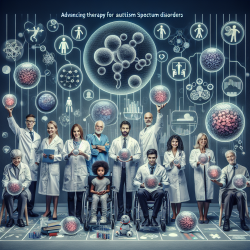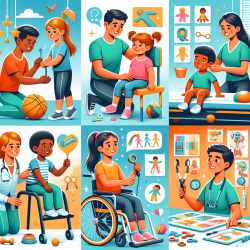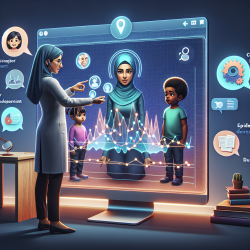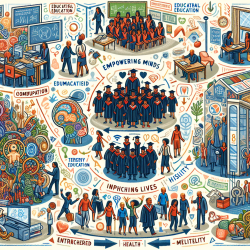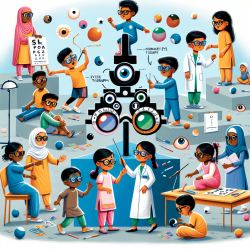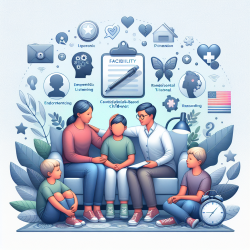Introduction
Autism Spectrum Disorders (ASDs) are complex neurodevelopmental conditions characterized by deficits in social interaction, communication challenges, and repetitive behaviors. Despite extensive research, the pathophysiology of ASDs remains elusive. A recent review titled "Patient-Derived Stem Cells, Another in vitro Model, or the Missing Link Toward Novel Therapies for Autism Spectrum Disorders?" explores the potential of patient-derived stem cells in advancing our understanding and treatment of ASDs.
The Promise of Patient-Derived Stem Cells
Traditionally, mouse models and post-mortem brain studies have been the cornerstone of autism research. However, these models have limitations in replicating the full complexity of human ASDs. The advent of induced pluripotent stem cells (iPSCs) derived from patients offers a promising alternative. These cells can be reprogrammed to become neurons, providing a unique platform to study the cellular and molecular mechanisms underlying ASDs.
Key Findings from the Review
The review highlights several key findings:
- iPSCs can model both syndromic and non-syndromic forms of autism, offering insights into the diverse genetic and phenotypic presentations of ASDs.
- Studies using iPSCs have identified common pathways disrupted in ASDs, such as synaptic function, neuronal differentiation, and mitochondrial activity.
- iPSCs allow for the testing of therapeutic compounds in a human-relevant context, potentially accelerating the development of new treatments.
Implications for Practitioners
For practitioners working with individuals with ASDs, these findings underscore the importance of integrating cutting-edge research into clinical practice. By staying informed about the latest advancements in stem cell research, practitioners can better understand the underlying biology of ASDs and contribute to the development of personalized therapeutic strategies.
Encouraging Further Research
The potential of patient-derived stem cells in autism research is vast, yet many questions remain unanswered. Practitioners are encouraged to engage with ongoing research efforts, collaborate with researchers, and consider participating in clinical trials that explore novel therapeutic approaches informed by stem cell research.
Conclusion
Patient-derived stem cells represent a promising avenue for advancing our understanding and treatment of Autism Spectrum Disorders. By bridging the gap between basic research and clinical application, these models offer hope for developing more effective and personalized therapies for individuals with ASDs.
To read the original research paper, please follow this link: Patient-Derived Stem Cells, Another in vitro Model, or the Missing Link Toward Novel Therapies for Autism Spectrum Disorders?
